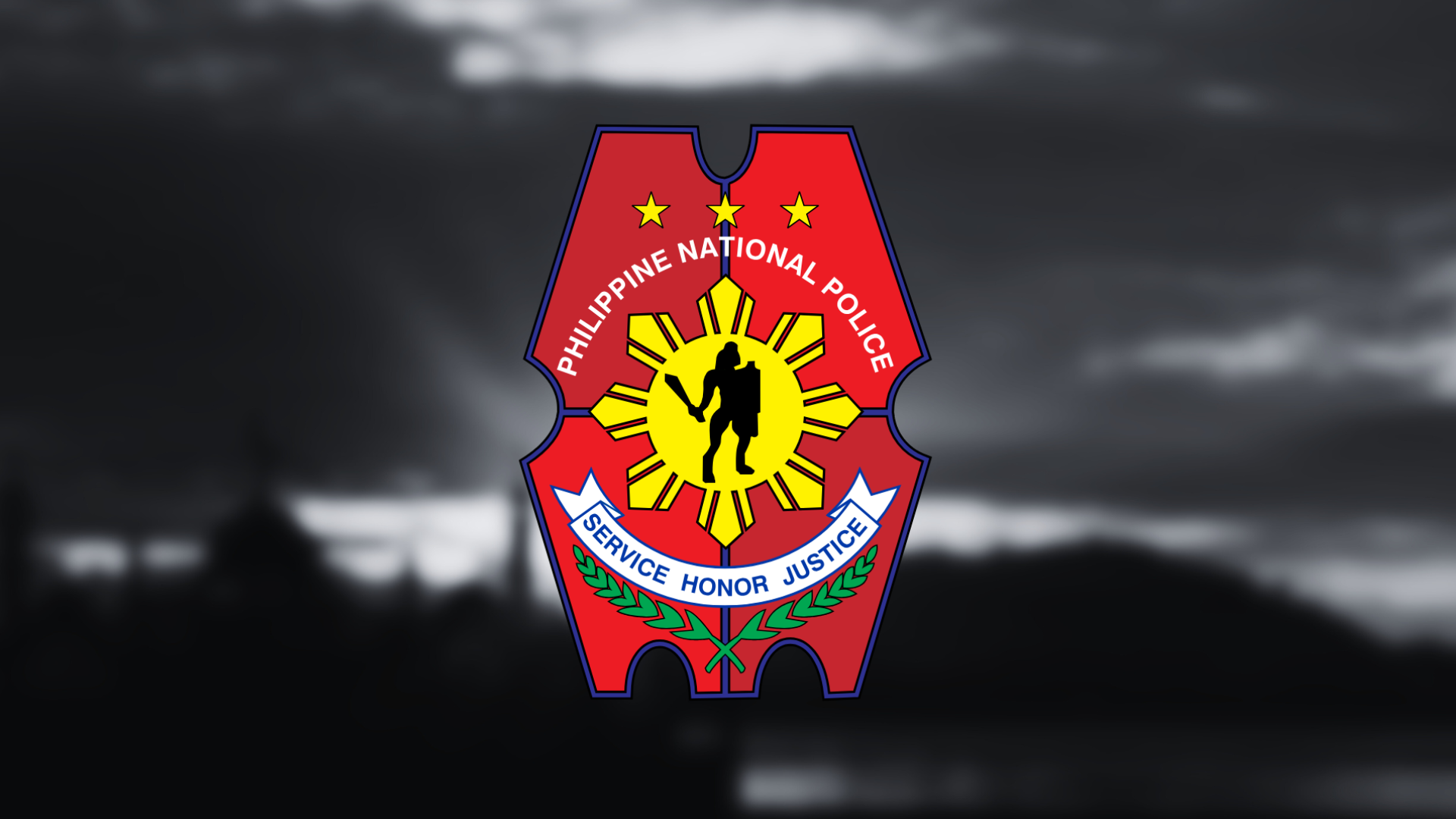 Unless you are a real life MacGyver (whose super intelligence can craft effective escape/detonation devices out of alcohol and sugar—or something to that effect), surviving your way out of precarious situations (waist-high flooding in the middle of the night on a street that’s known for manholes, massive fire in a densely populated neighborhood, etc.) will require a few necessities.
Unless you are a real life MacGyver (whose super intelligence can craft effective escape/detonation devices out of alcohol and sugar—or something to that effect), surviving your way out of precarious situations (waist-high flooding in the middle of the night on a street that’s known for manholes, massive fire in a densely populated neighborhood, etc.) will require a few necessities.
The Philippine National Red Cross has its standard emergency kit, after which you may pattern your own. If you can spend money on the latest mobile phone, you can certainly set aside a budget for what would prove useful in the future. Along with these items, it will be prudent to slip in a first-aid manual so you are fully prepared for any situation. Naturally, you’ll need to store all these in one plastic container so when the next life-crushing disaster hits, you can just lock and load.
1. Hard hat – When the wind picks up, things may be flying and falling, so keep your head protected.
2. Face mask – During fires, face masks can minimize the harm that smoke can do to your lungs. Make sure to get the grade N95 (recommended by the U.S. to have 99% bacterial filtration efficiency); otherwise you may as well cover your mouth with your hand.
3. Raincoats and boots – Keep dry and safe from the cold weather. Make sure that you and other members of your family have these items on hand in case of heavy rainfall or floods.
4. Whistle – Getting lost, buried, or stuck in a place is not uncommon during disasters. There’s no guarantee that your voice will work well in such conditions, and a whistle will help you find people or be found by others better than shouting.
5. Flashlight – You never know when you’ll need to make your way through the dark. Get the small flashlight with AA batteries that are light and can fit your pocket. Find one that is waterproof, too.
The Medical Kit
1. Stethoscope and Sphygmomanometer
Stressful situations mean elevated vital signs. Those with health conditions like hypertension need to monitor their heart rate and blood pressure so they can take the proper measures to bring them back to normal levels.
2. Alcohol, Antiseptics, Gauze, Bandage, and Cotton Buds
Those who get open wounds should clean and cover them immediately. Infection can come back to haunt you later after you’ve managed to get out of the disaster situation.
3. SAM Splints and Rolling Bandage
Splints are used to immobilize broken limbs or joints to avoid further injury.
4. Adhesive Tapes
These are for holding wound dressings in place.
5. Surgical Gloves (non-sterile)
When treating others, avoid getting infected by protecting your hands from bodily fluids like blood or pus.
6. Over-the-Counter Drugs
Paracetamol and painkillers are a staple in any kit. It may also be a good idea to include antacids for upset tummies, antihistamines for allergies, and loperamides for heinously upset tummies.






